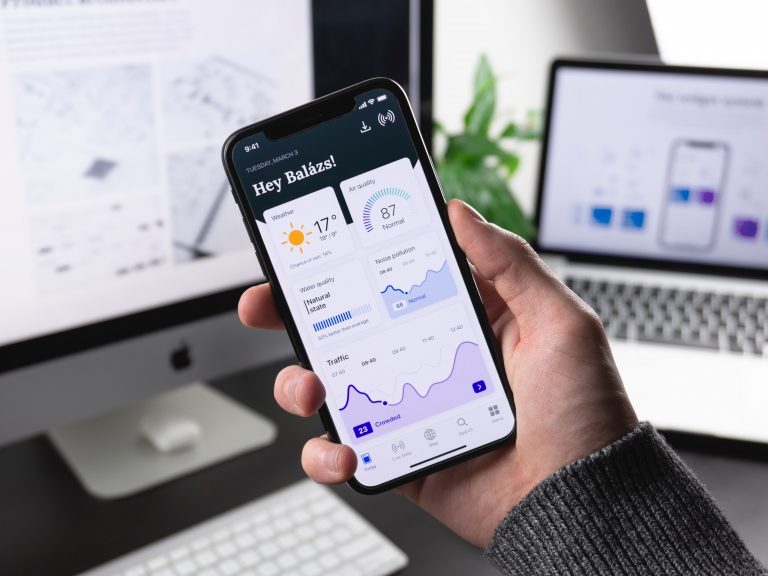Custom mobile app development
Rate Software Licence Ltd. implements cross platform mobile applications based on customer needs.

Technology
- The development is done using the Ionic 5 with cordova cross platform development environment.
- both the UI interface and the business logic of the applications can be kept in common code for Android and iOS
- fast development
- The framework uses HTML and CSS to develop the UI interfaces, while the business logic is implemented in Type Script.
Development is done in several stages. In the first step, the application can be developed on a desktop system (Windows, Linux, Mac), where the completed code can be tested in Ionic’s own web viewer. In the next step, the native code can be tested in a platform-appropriate development environment (Android Studio, Xcode) using the emulator of the development tools.
The actual build and publishing (App Store, Google Play) process is done using the CI/CD tool developed for Ionic using AppFlow. Here, after build, the application can be displayed in a viewer, also on the web.
Reference
We have developed several successful mobile applications over the years. Such as CheckIn, CheckIn System, OfficialMe, WineryPass, SafetyCard.
- The CheckIn mobile app is a German-language restaurant reservation system consisting of two independent systems, one used by the guest and one by the waiter. The app makes reservations smooth, replacing handwritten reservations on the phone. The waiter scans the QR code generated at the time of booking and then sees the actual reservation.
- OfficialMe is a document management, identity verification mobile app. The user can upload their contracts, discount cards, personal identification documents, which the system validates after proper verification.
- SafetyCard is a mobile app that implements a cardless payment with a marketing interface.
- The Winery Wine Identification app is designed to provide a simple and reliable way to verify the origin of wine throughout its life cycle, from bottling to glass. Authenticity is achieved with hardware devices that minimally alter the consumer experience, specifically NFC tags placed in the cork or under the wine label. Our system tracks the wine’s journey in a database, from the producer bottling through the commercial value chain to the consumer, with a smartphone app at each stop to facilitate identification of the bottle’s origin.
